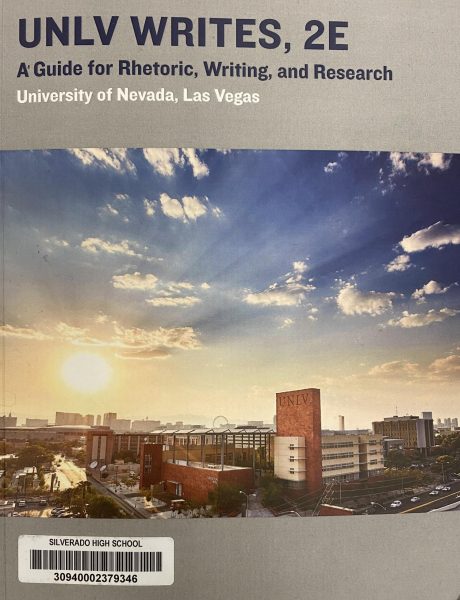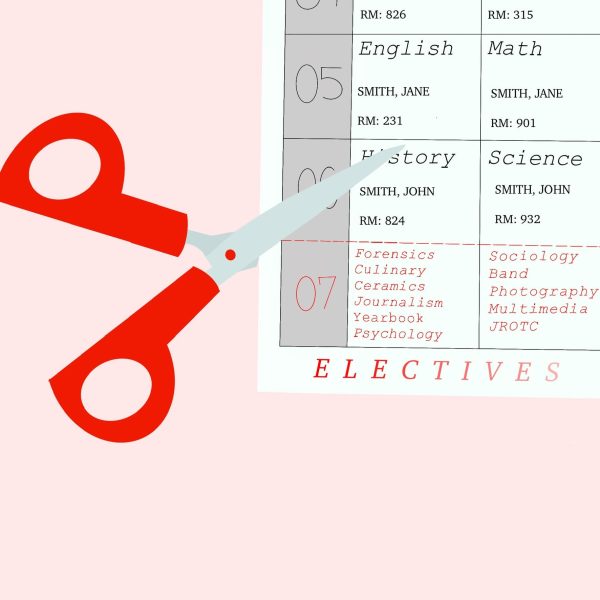New AP exam format subtracts time, adds tech
Online version of AP exam to be taken at home, online

Check the College Board site for AP exam changes, including dates.
April 27, 2020
Since the dawn of time, when man and beast lived in harmony, the standard AP test format consisted of a multiple-choice section, usually around an hour in duration, and a free-response section, usually between one and two hours in duration.
The tests felt like they took days to complete— maybe even weeks. And it was built for only the toughest of AP students to pass— the one-percenters, it seemed. Despite this, the format was perfect.
However, that all changed when coronavirus attacked.
The AP test format has been changed to a 45-minute, free-response only format.
There are many opinions about this, and it seems as though the pros and cons don’t exactly balance each other out.
Let’s talk about the pros of this change.
To start, the test is only 45 minutes long. If you’re one of the four seniors who has three tests on one day, your time spent testing is cut from about six to nine hours to a little over two.
Also, like many college tests, the AP tests are open-note. (Let’s be real. Who wasn’t going to use notes anyway?)
Another positive change on these tests is that any content that was on the curriculum after mid-March will not be on the test. What does this mean? The hard stuff is not on the test. Easy five, right?
The best thing about this test? It’s online. You don’t have to sit in the freezing, stress-filled portable spending more time shivering than bubbling answers. You take the test in the comfort of your own room where YOU are in charge of the thermostat.
Taking the test online also means that you have to upload it, which could be a bad thing if you have unreliable internet. You have five minutes to take a photo and upload your work.
However, it is only 45 minutes’ worth of work, so it isn’t likely to be too much to upload.
This leads to the next problem: the test is only 45 minutes.
Since the test is a narrow time slot, that means there is only going to be a narrow margin of content on the test. You better hope the test doesn’t focus on your weakest areas, because now you don’t have much to soften the impact. There isn’t a multiple-choice section to boost your score.
The last, and biggest, issue with this test? It’s online. Yes, I know I just said it’s great that the test is online, and it’s true. There are plenty of benefits, but the biggest and most obvious issue with it is cheating.
The College Board website says they are “using a range of digital security tools and techniques, including plagiarism detection software and post-administration analytics, to protect the integrity of the exams.”
Although the public isn’t exactly sure how accurate this technology is, or what it even is, we can only hope that you don’t get falsely accused of cheating if your paper looks like somebody else’s (but if you do well on your AP Calculus test, shouldn’t it look like someone else’s? I don’t know. I’m not the professional here.)
The College Board website also says that “each student’s AP teacher will receive copies of the work the student submits to us, enabling teachers to spot inconsistencies with students’ known work.”
In simple terms, the College Board wants your teachers to snitch, if necessary.
The changes in the AP test format form a love-hate relationship with many students. It’s hard to tell whether these changes are good or bad. But one thing’s for certain: as long as I’m in charge of the thermostat, the test couldn’t possibly be that difficult.











